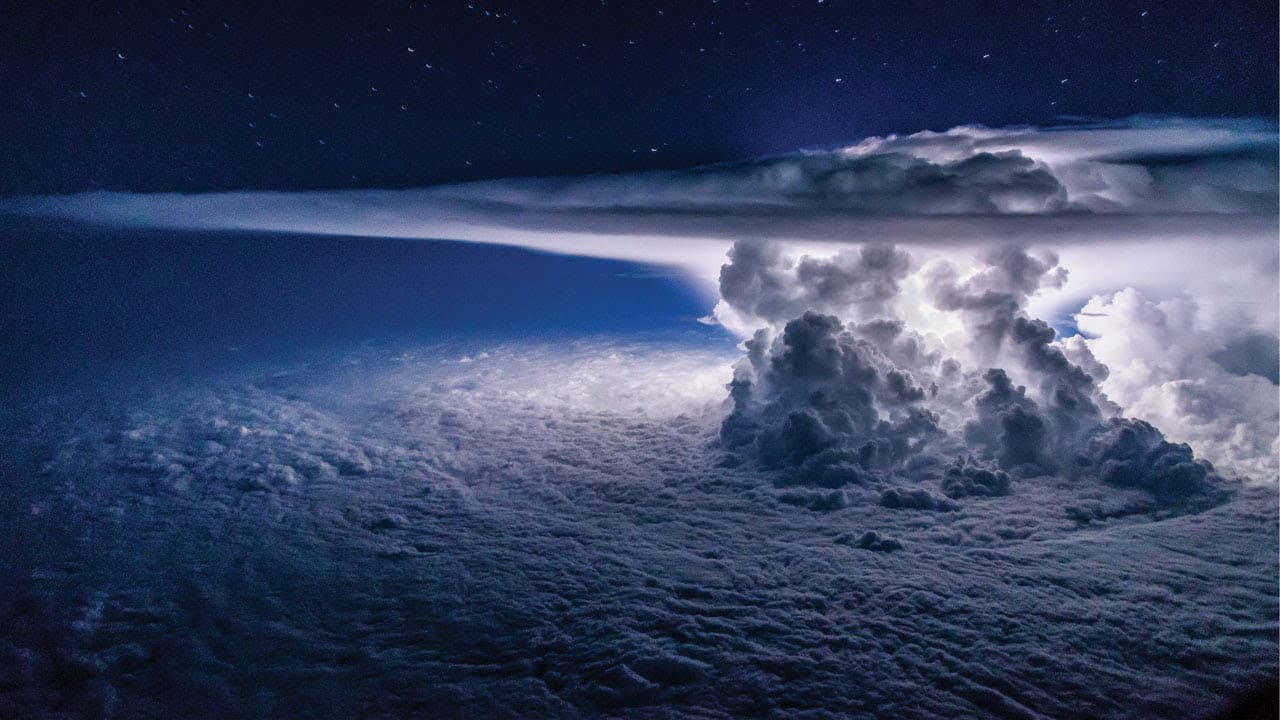
Global warming is likely to cause underwater sediment shifts that could trigger powerful tsunamis, devastating the fauna and flora of the Southern Ocean. Climate change not only affects water temperature and glacier melt, it also has an impact on currents and the seabed. A study published in May 2023 in Nature Communications estimates that global warming could cause landslides on the ocean floor surrounding Antarctica, resulting in tidal waves that could prove fatal to life forms in the area.
The researchers explain that they drilled deep into the bottom of the Southern Ocean and discovered that during earlier periods of climate warming, three million and fifteen million years ago respectively, layers of soft sediment were formed, which eventually
slid and formed huge tsunamis on the coasts of South America, New Zealand and South-East Asia. This was made possible by the large number of fossilized marine creatures found in the soil, in the old, flimsy sediment layers that slid away and were buried.

The region’s geological heritage left in the soil enabled specialists to discover that during the two previous periods of warming, the Southern Ocean was 3 °C warmer than it is today. This rise in temperature led to a proliferation of algae, which covered the seabed to form a slippery sediment. In subsequent colder periods, this soft layer was covered by thick layers of gravel from glaciers and icebergs.
The origin of the landslide that followed is not known with certainty, but scientists believe that melting ice, caused by global warming at the end of the Ice Ages, was responsible. This would have led to a loss of weight on the tectonic plates, making them easier to move.
These softer, more fragile layers are still present on the ocean floor in some places. According to scientists, there is a risk that they could cause new catastrophes if the ice in Antarctica were to shrink again. While the size of such tsunamis is not known, it is possible to refer to past tsunamis caused by underwater landslides.
The Live Science website, which reports the findings of the study, notes, for example, that in 1929 in Newfoundland, Canada, a wave reached a height of 13 meters, and in 1998 in Papua New Guinea, a wave reached 15 meters. One of the study’s authors, Jenny Gales, Senior Lecturer in Hydrography and Ocean Exploration at the University of Plymouth in the UK, said that submarine landslides are a major geohazard with the potential to trigger tsunamis that can result in huge loss of life. The current period of global warming could have the same consequences as those observed millions of years ago, according to the researchers.




